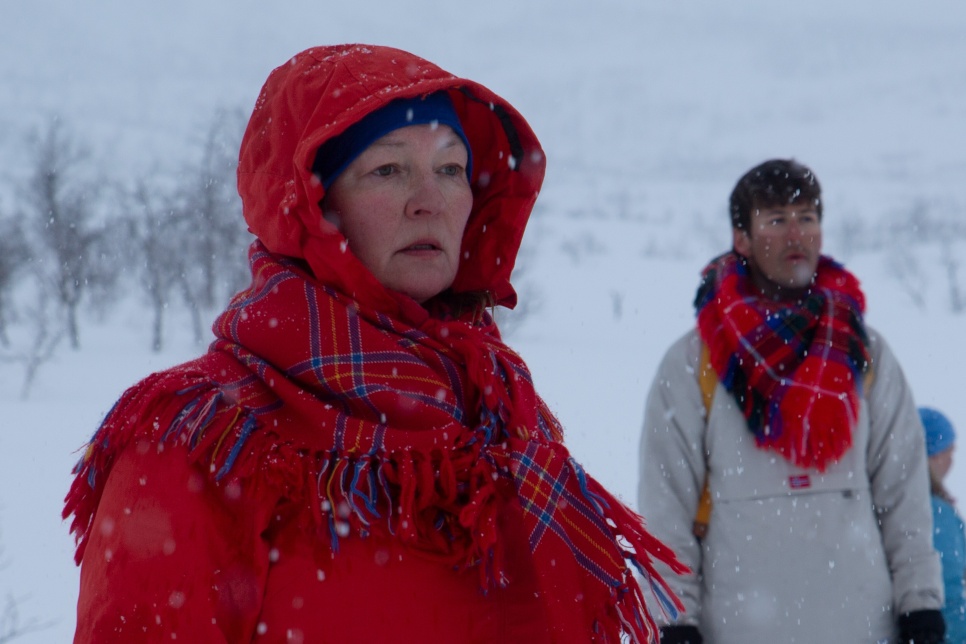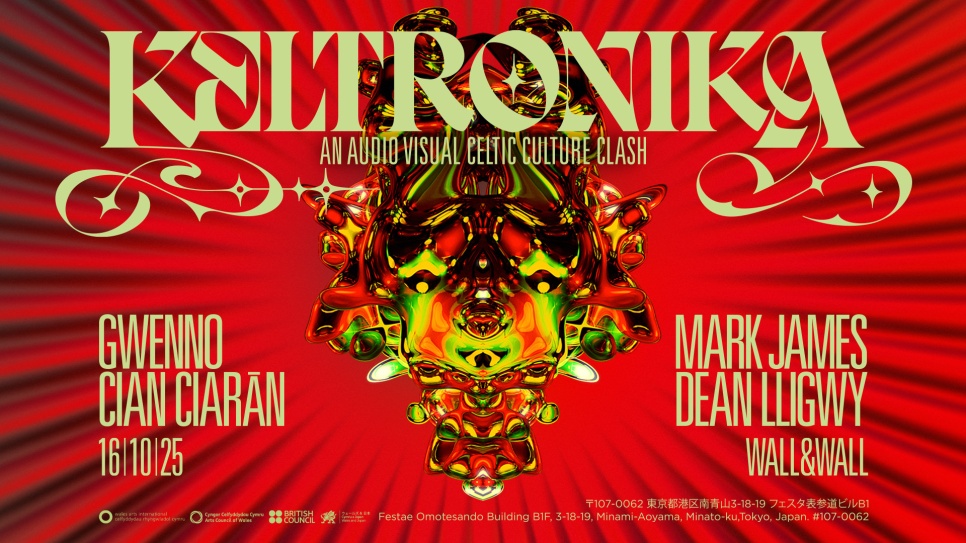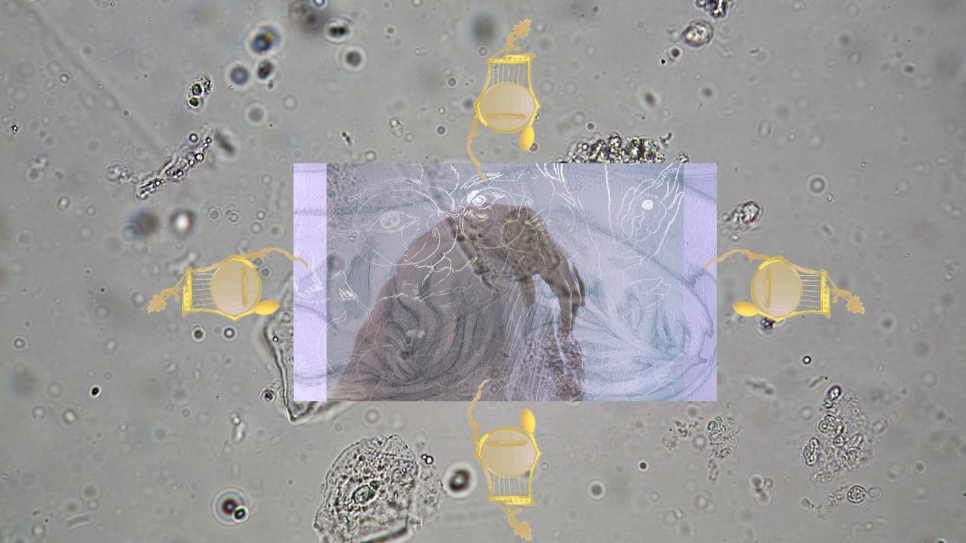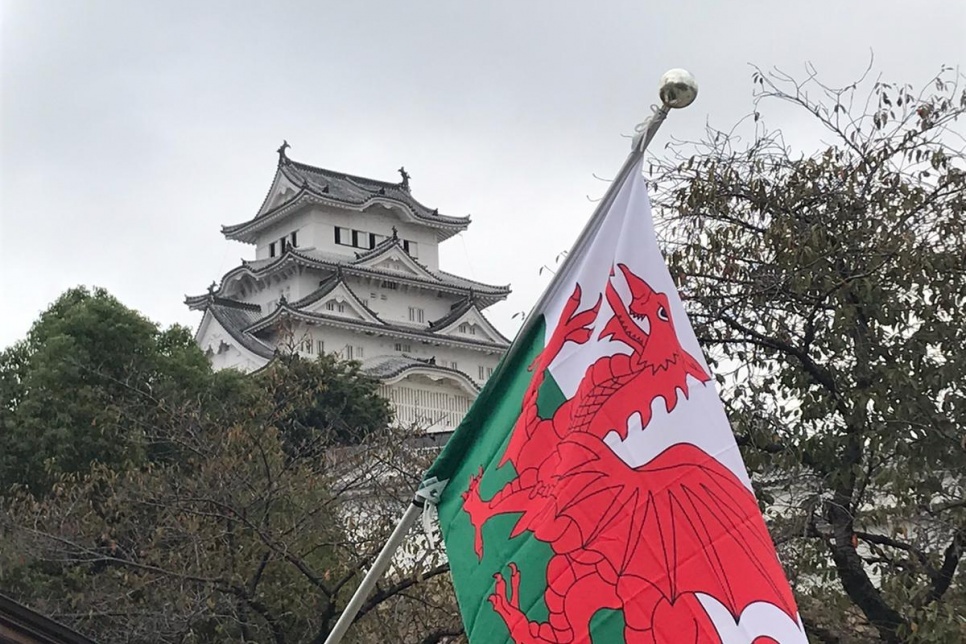My project is called Govledh, which means to listen in the South Sami Language. It is a listening journey working with different collaborators: musicians, filmmakers and choreographers from both Cymru and Sapmi, looking at disappearing languages and their connection to the land.
Who have you been collaborating with?
Ole-Henrik Bjørkmo Lifjell (Sapmi/Norway) joik. Jodie Marie Warlow (Wales) music. Cai Tomos (Wales) mentor: movement and choreography. Rino Engdal (Norway) film and photography.
Consulting with Maritha Nielsen (Norway) (Sami storytelling for children), Ed Dance (Cymru) (Design and construction) and Gull Øzger/GullBakken (Norway) (Advice and critical eye).
Which Indigenous language / community have you been listening to?
I have been listening to Sapmi (the Sami lands of the arctic areas of Norway, Sweden, Finland and Russia), specifically the Sapmi areas of Norway, with a focus on the South Sapmi and North Sapmi languages.
What would you like to share about your journey?
One of the themes that keeps cropping up, and which I have learned more about through doing this project, is that even when a language disappears, and is no longer being spoken in daily life, the music, the joik and the storytelling still survive and people pass them on from generation to generation. I have found this to be true in both Sapmi and Cymru, where I have been researching similarities and differences between the cultures, the languages, and their relationship to the land.
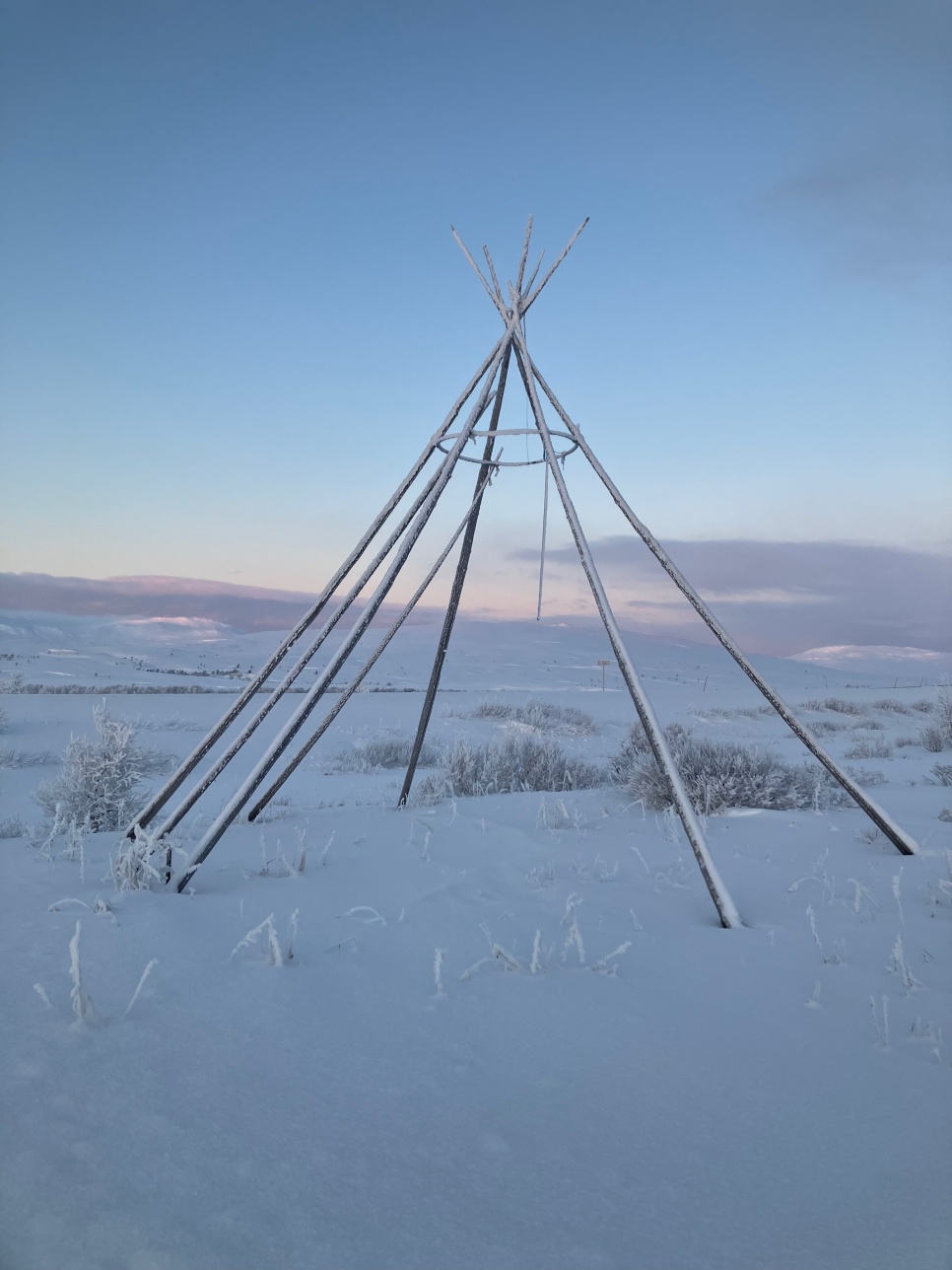
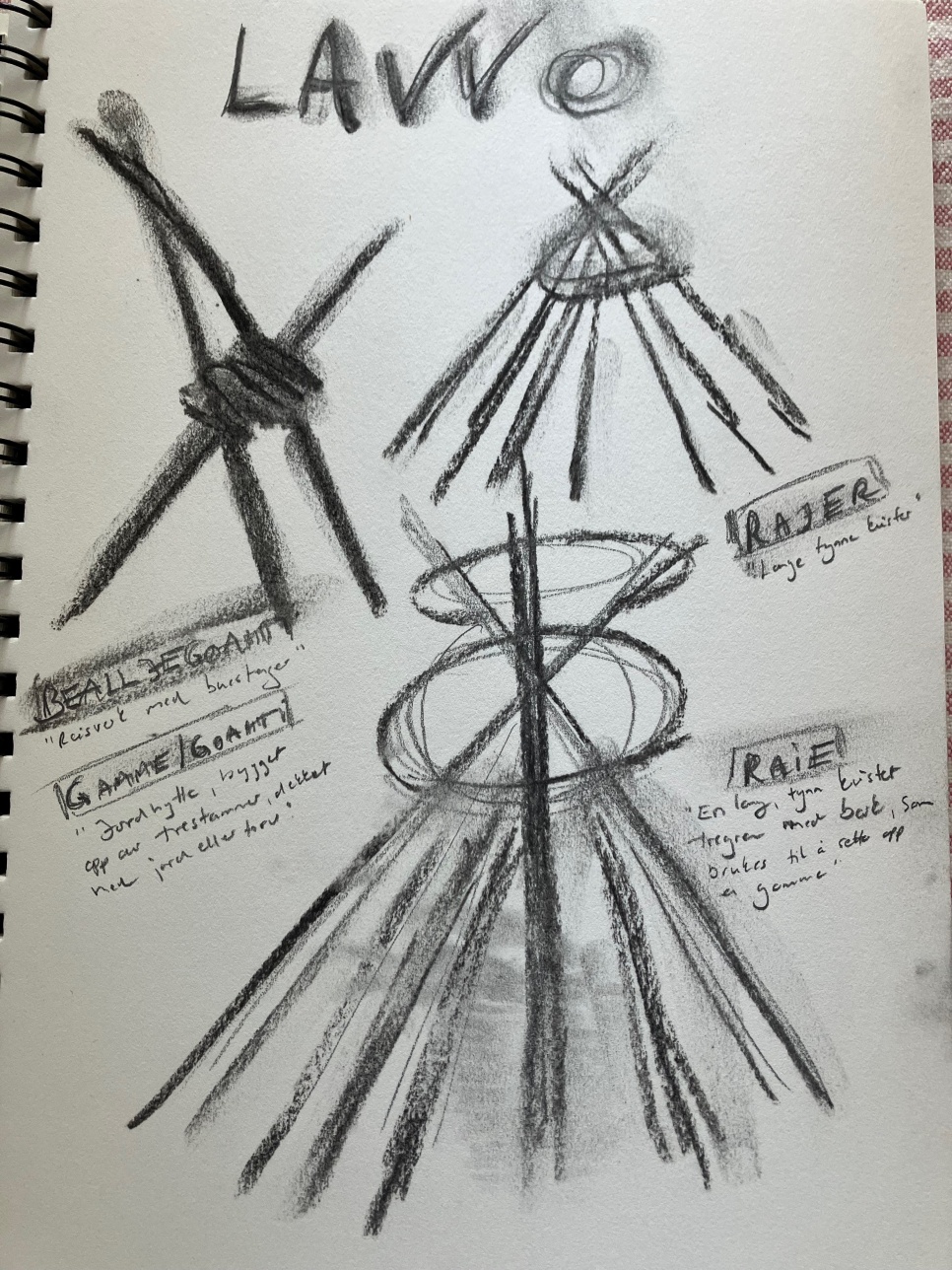
What are your aspirations for the United Nations decade of Indigenous Languages?
My hope is that we learn to listen to Indigenous languages and the people who speak them and who carry their traditions. I hope that by listening, we can learn to appreciate their knowledge of land, ways of living in harmony with other people, animals and nature, and that this somehow will lead us to find a connection, and the wisdom about land and nature which we have lost in recent times.
What is the one practical lesson you have learned that you want to share with other artists who would work with Indigenous languages?
I have learned that the process of listening takes time when working with Indigenous languages, and that patience is required. I have found that there is no point in pushing or rushing people. The answers will come when the time is right. In the arts, we are often very goal-oriented and used to working very quickly. Working with Indigenous languages and cultures is contrary to this. We must learn to work at a more natural pace and find an organic way of working.

